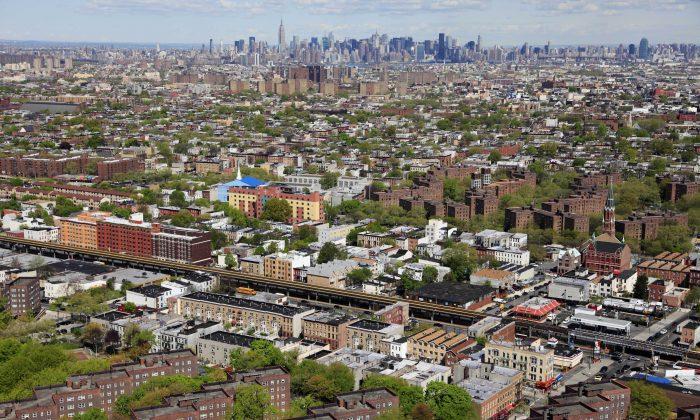Findings from the Furman Center for Real Estate and Urban Policy released Wednesday put numbers to the affordable housing crisis local officials have been rallying around.
In the last decade, New York City’s neighborhoods have been becoming increasingly segregated by income level. Meanwhile, rents have spiked, and the housing stock for the lowest income residents has declined the most.
While there has been an increase in education, quality of life, and income levels citywide, income inequality has become more polarized when examining the city at a neighborhood-by-neighborhood level, according to the report.
And while most incomes have stagnated or declined, rents continue to rise. Since 2005, median rents have risen 11 percent while incomes rose by 2 percent.
It’s a nationwide issue, mirrored in Chicago, Houston, Los Angeles, the San Francisco Bay Area, and Philadelphia.
High-income households are also increasingly less likely to be located in the same neighborhoods as middle- and low-income households. Households earning the top 10 percent incomes were all located in Manhattan, compared to the 40 percent being in Manhattan in 1990, the report states.
“The location of a home allows access to neighborhood amenities and services, and determines potential exposure to neighborhood hazards,” said Ingrid Gould Ellen, faculty director of the NYU Furman Center.
Higher income households are located in neighborhoods with better access to transportation. From 1990 to 2012 the highest-income households have had shorter commute times than other workers. Many of these neighborhoods are located close to Manhattan’s Central Business District.
But when it comes to access to green space, 90 percent of both the highest-income households and the lowest-income households tend to live within a quarter mile of a park or green space. A slightly lower percent of middle-income homes were within a quarter mile of parks.






Friends Read Free